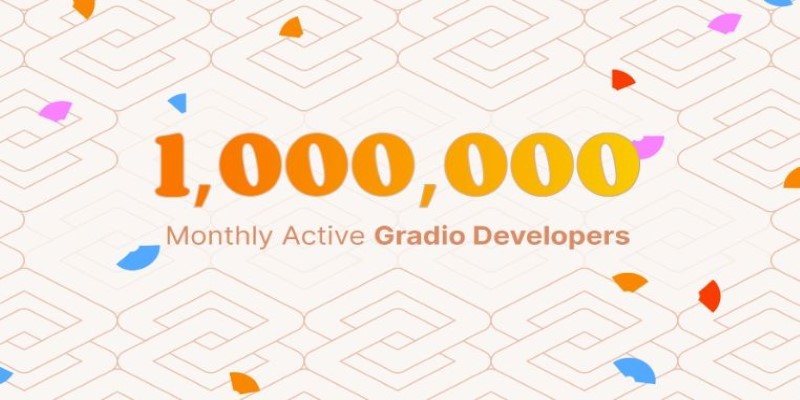Advertisement
Companies are constantly seeking ways to enhance the customer experience without increasing operational expenses. This is where ChatGPT comes in—a language model that leverages AI to perform a multitude of customer service functions, ranging from responding to frequently asked questions to aid in troubleshooting and order tracking. As a small business or a big enterprise, ChatGPT can ensure 24/7 customer support, enhance productivity among your teams, and shorten wait times for customers. But how can you effectively utilize ChatGPT for customer support?

ChatGPT is an OpenAI-created generative AI model. It can respond to user input, provide responses that feel natural, like those of a human, and participate in context-specific conversations. For customer support, ChatGPT is a virtual customer support agent that can be trained or fine-tuned to resolve product-related questions and account issues, as well as guide users through technical problems. It operates through APIs or embedded chat interfaces on your website, application, or CRM platform.
Key Takeaways:
There are countless ways to leverage ChatGPT to enhance your operations. It can handle responses to common questions, help users navigate return policies, assist with account inquiries, and recommend products. Additionally, ChatGPT is great for tracking orders, scheduling appointments, and managing subscriptions. It excels at handling Tier 1 support, allowing human agents to concentrate on more complex issues.
Key Takeaways:
To incorporate ChatGPT into your customer service workflow, you can connect it through OpenAI’s API, use third-party platforms like Intercom, Zendesk, or Freshdesk, or add a chatbot plugin to your website. Integration typically requires creating a script or logic tree to steer the AI’s responses. You can also fine-tune the model with your company’s data to ensure it aligns with your desired accuracy and tone. For optimal results, consider a human-AI collaboration where ChatGPT manages routine inquiries while agents handle escalations.
Key Takeaways:
ChatGPT is a game-changer in customer service. It speeds up response times, is available 24/7, and helps reduce support costs. Imagine being able to handle thousands of inquiries at once—something that even the biggest teams find challenging! Plus, it enhances customer satisfaction by providing quick and helpful answers. For businesses, this translates to improved NPS scores, fewer abandoned tickets, and more time to focus on strategic initiatives.
Key Takeaways:
While ChatGPT is beneficial, it's not without its flaws. Sometimes, it might provide incorrect information or struggle with very specific or sensitive questions. It works best when paired with human agents, who can step in when needed, and it's crucial to have clear protocols for escalation. Businesses also need to consider data privacy, especially when handling sensitive customer information. Regularly monitoring AI performance and training it with real customer data is key to achieving better results.
Key Takeaways:

To ensure consistency and trust, ChatGPT must reflect your company's tone and voice. You can train it using brand-specific instructions, sample conversations, and pre-defined scripts. Utilize tools such as OpenAI's custom GPTs or third-party tools that enable prompt tuning. Establish guidelines for greetings, empathy, and issue escalation to ensure the chatbot's behavior aligns with your customer support values.
Key Takeaways:
The upcoming version of ChatGPT is slated to introduce several exciting features, including voice integration, emotional intelligence, and the ability to predict user needs. Businesses will start using AI to foresee what customers might want based on their browsing habits and previous interactions. With enhancements in memory and personalization, ChatGPT could evolve into a virtual account manager for every customer. We can also look forward to tighter integrations with CRM systems and AI co-pilots that assist live agents.
Key Takeaways:
If you're looking for faster support, fewer tickets, and more satisfied customers, ChatGPT could be a valuable addition to your customer service team. While it can't fully replace the empathy and strategic thinking of a human, it's perfect for handling everyday interactions at scale. With the proper training, integration, and oversight, ChatGPT can become a powerful and cost-effective tool to enhance your support efforts.
Key Takeaways:
Advertisement

Improve your skills (both technical and non-technical) and build cool projects to set yourself apart in this crowded job market

How Llama Guard 4 on Hugging Face Hub is reshaping AI moderation by offering a structured, transparent, and developer-friendly model for screening prompts and outputs

Running large language models at scale doesn’t have to break the bank. Hugging Face’s TGI on AWS Inferentia2 delivers faster, cheaper, and smarter inference for production-ready AI

What happens when ML teams stop juggling tools? Fetch moved to Hugging Face on AWS and cut development time by 30%, boosting consistency and collaboration across projects
Advertisement

ChatGPT Search just got a major shopping upgrade—here’s what’s new and how it affects you.

What data lakes are and how they work with this step-by-step guide. Understand why data lakes are used for centralized data storage, analytics, and machine learning

EY introduced its Nvidia AI-powered contract analysis at Mobile World Congress, showcasing how advanced AI and GPU technology transform contract review with speed, accuracy, and insight

Explore the concept of LeRobot Community Datasets and how this ambitious project aims to become the “ImageNet” of robotics. Discover when and how a unified robotics dataset could transform the field
Advertisement

AI content detectors don’t work reliably and often mislabel human writing. Learn why these tools are flawed, how false positives happen, and what smarter alternatives look like

How Gradio reached one million users by focusing on simplicity, openness, and real-world usability. Learn what made Gradio stand out in the machine learning community

What happens when two tech giants team up? At Nvidia GTC 2025, IBM and Nvidia announced a partnership to make enterprise AI adoption faster, more scalable, and less chaotic. Here’s how

Curious about ChatGPT jailbreaks? Learn how prompt injection works, why users attempt these hacks, and the risks involved in bypassing AI restrictions